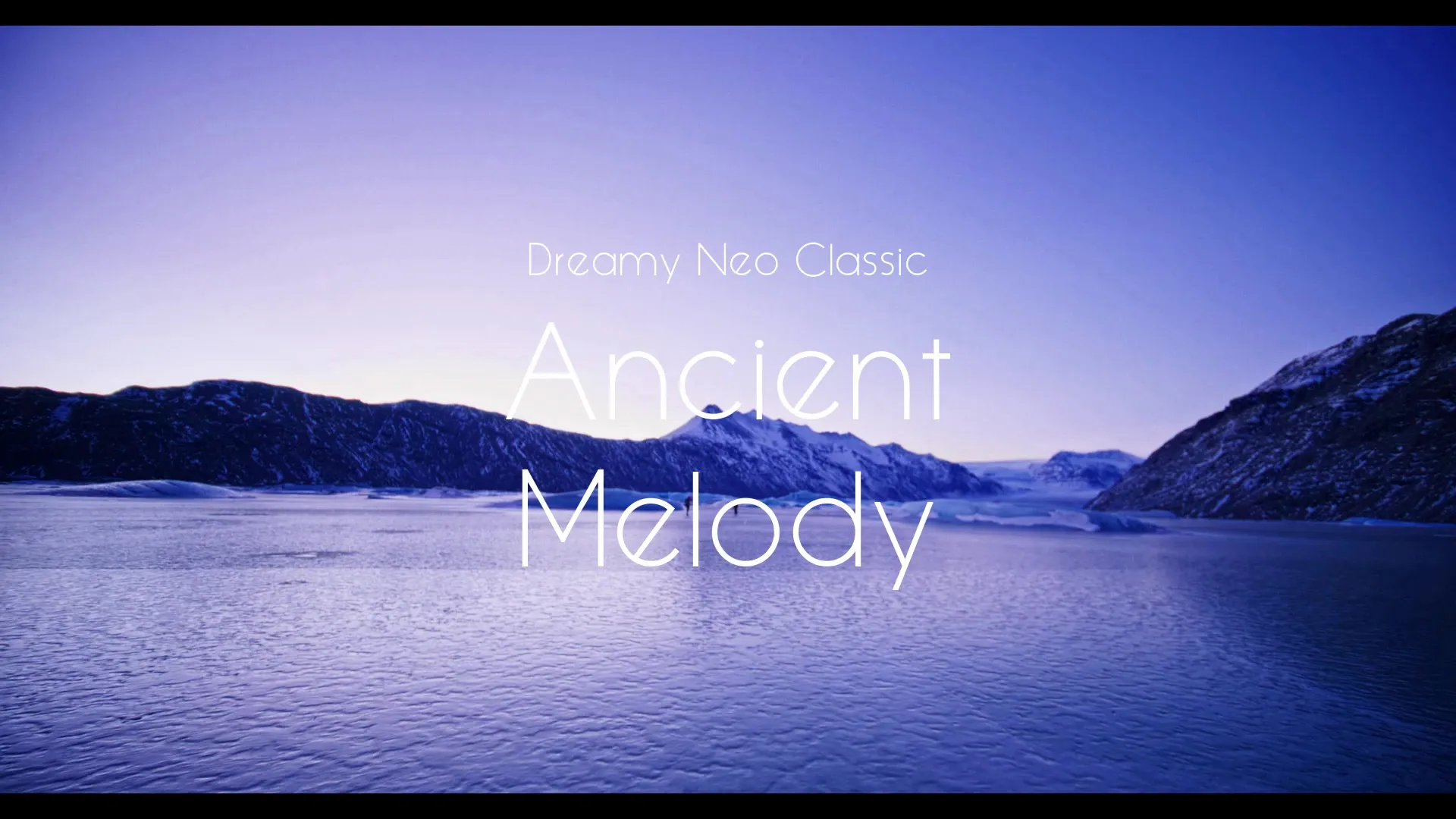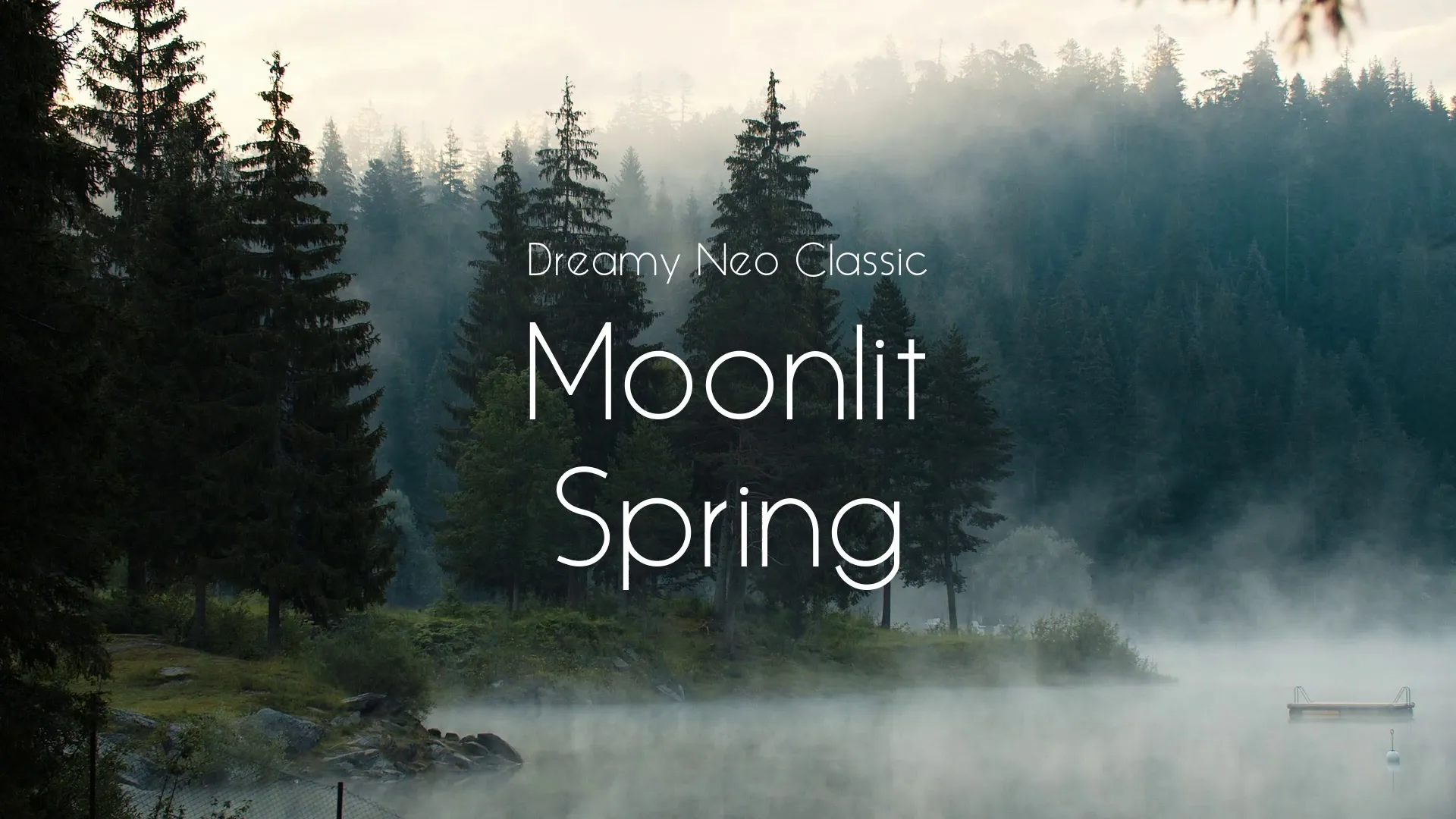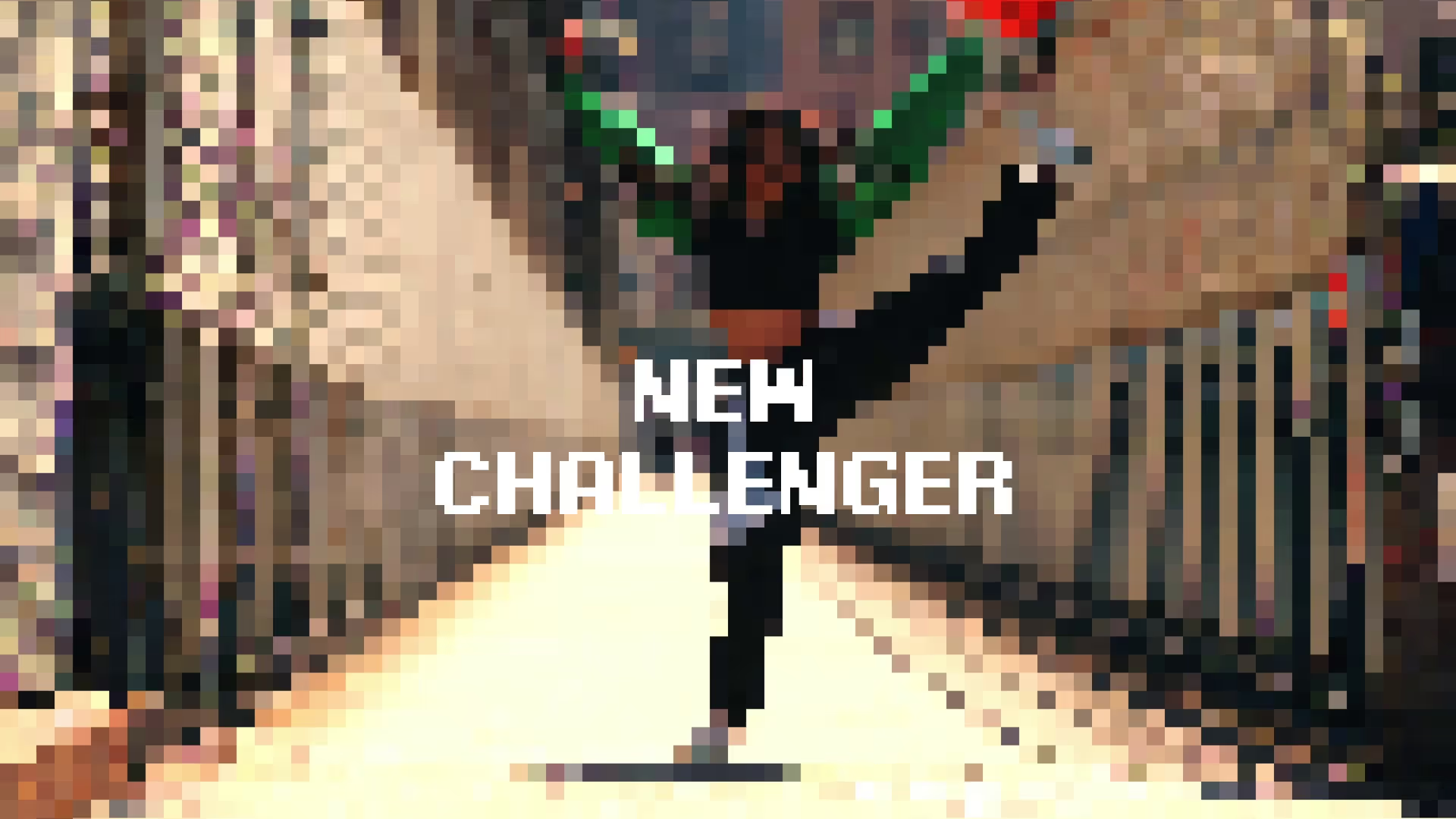Efficient Game Development Workflow: Integrating External Assets & Version Control
Efficient game development hinges on structured workflows. Indie developers especially benefit from mastering asset integration and version control. This guide details how to streamline your process, boost productivity, and reduce project complexity.
The Foundation: Organizing External Assets
Integrating external game assets requires a systematic approach. Randomly dropping files into your project leads to chaos and wasted time. Establish clear folder structures and consistent naming conventions from the outset.
Before importing, consider pre-processing assets. Optimize textures, compress audio, and ensure 3D models have appropriate polygon counts. This proactive step is crucial for reducing game asset size and maintaining performance.
Always check asset compatibility with your chosen game engine. Resolve any scaling or material issues before deep integration. Source high-quality assets from libraries like Strafekit to minimize post-import adjustments.
Version Control: Your Project’s Lifeline
Game asset version control software is non-negotiable for any serious project. It provides a history of changes, facilitates collaboration, and safeguards against data loss. Ignoring version control is a critical pitfall that can lead to irreversible project damage.
Git is a popular choice, with services like GitHub or GitLab offering robust solutions for game development teams. Perforce is another industry standard, particularly for larger teams and binary asset management.
Setting Up Your Version Control for Assets
Configure your repository to handle large binary files efficiently. Git LFS (Large File Storage) is essential for managing game assets without bloating your main repository.
Define a clear .gitignore file to exclude temporary files and generated assets.
Establish a consistent commit strategy. Commit frequently with descriptive messages, detailing what changes were made and why. This practice makes it easier to revert to previous states or track down bugs.
Branching strategies are vital for team collaboration. Use feature branches for new development and merge into a main branch once features are stable. This prevents conflicts and maintains project stability.
Common Pitfalls and Solutions
One common pitfall is neglecting asset optimization. Overly large textures or uncompressed audio files can cripple game performance. Implement automated asset compression and texture atlasing where possible.
Another issue is merge conflicts, especially with binary assets. Version control systems struggle to merge binary files automatically. Communicate with your team to avoid simultaneous edits on the same asset files.
Inconsistent asset pipelines also create problems. Ensure all team members follow the same procedures for importing, modifying, and committing assets. Standardization minimizes errors and improves workflow.
Streamlining Your Workflow with Wayline
An efficient workflow extends beyond assets and version control. It encompasses task management and project oversight. Keeping track of development tasks ensures consistent progress and helps turn a game idea into a finished project.
Create a free account, or log in.
Gain access to free articles, game development tools, and game assets.























